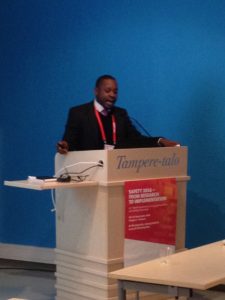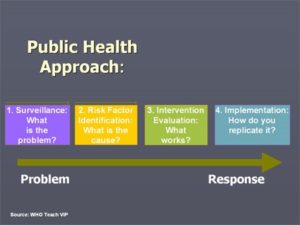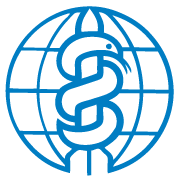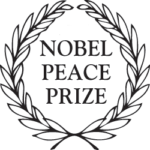
In 1996, the 49th World Health Organization (WHO) Assembly identified violence as a leading public health problem worldwide. Subsequently, the WHO developed the landmark document Small Arms and Global Health prepared for the first UN Conference on Illicit Trade in Small Arms and Light Weapons in 2001. In it the WHO states that “Violence is….an important health problem – and one that is largely preventable. Public health approaches have much to contribute to solving it.” Health professionals have a unique role to play in violence prevention initiatives, from working to prevent wars and conflicts to interpersonal violence. They are positioned to observe and record the human dimensions of armed violence, in hospital emergency rooms, in refugee camps, and at inner city clinics, and help transform this data to action. The medical community’s mission to promote health and save lives makes involvement in armed violence and conflict reduction efforts a “moral imperative.
According to the WHO, engaging the health sector in violence prevention is one of the 4 “Best Buys” for reducing the consequences of violence.
What is a Public Health Approach?
It is based on the scientific method of moving from assessing and understanding the problem to devising evidence-based solutions.
The process includes to:
- Collect data – define the basic causes of a problem;
- Use this knowledge to design intervention and prevention strategies;
- Monitor and evaluate the programs for effectiveness;
- Implement promising interventions in a wide range of settings, widely disseminate information, and determine cost-effectiveness.
Public health deals with populations, not individuals, with an understanding that population wide actions can help many individuals. In violence prevention, it draws upon knowledge from many disciplines including medicine, economics, psychology, criminology etc. It emphasizes collective action, acknowledging that cooperative efforts can have the most lasting impact.


